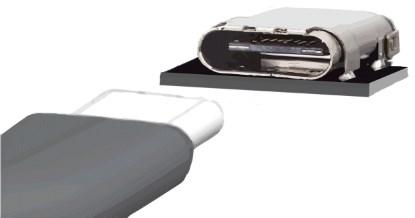Introducing USB Type-C
Posted: Tue Feb 03, 2015 3:00 pm
EETimes


Seems like a good migration. I certainly won't mind the move away from all the cable types and such, especially the polarity of cables. The increased speeds and open protocol will be interesting as well!A few of the key features associated with USB Type-C cables and connectors are as follows:
The connector is non-polarized -- it plugs in either way -- no longer do we have to dork around trying to determine "Which side goes up?"
The connecter is small enough that the same connector can be used everywhere -- on workstations, tablet computers, MP3 players, smartphones, digital cameras, etc.
Unlike the vast majority of other USB cables, Type-C cables have the same male connector on both ends -- it's up to the things they are plugged into to "negotiate" with each other to determine who is in charge of doing what.
The specification supports data bandwidths up to 20 Gbps and facilitates alternate, non-USB, vendor-defined modes (you'll need the right type of cable to support these higher bandwidths and advanced modes as discussed below).
The specification supports power delivery of up to 100W for faster charging (you'll need the right type of cable to support the more advanced power delivery modes and higher power levels as discussed below).
In the case of the simpler power delivery and data transmission modes, passive (unintelligent) cables may be used. When it comes to the more advanced modes, intelligent cables will be required, where such cables contain an electronic ID that can inform the other elements in the system as to that cable's power capacity and the data bandwidths it can handle.